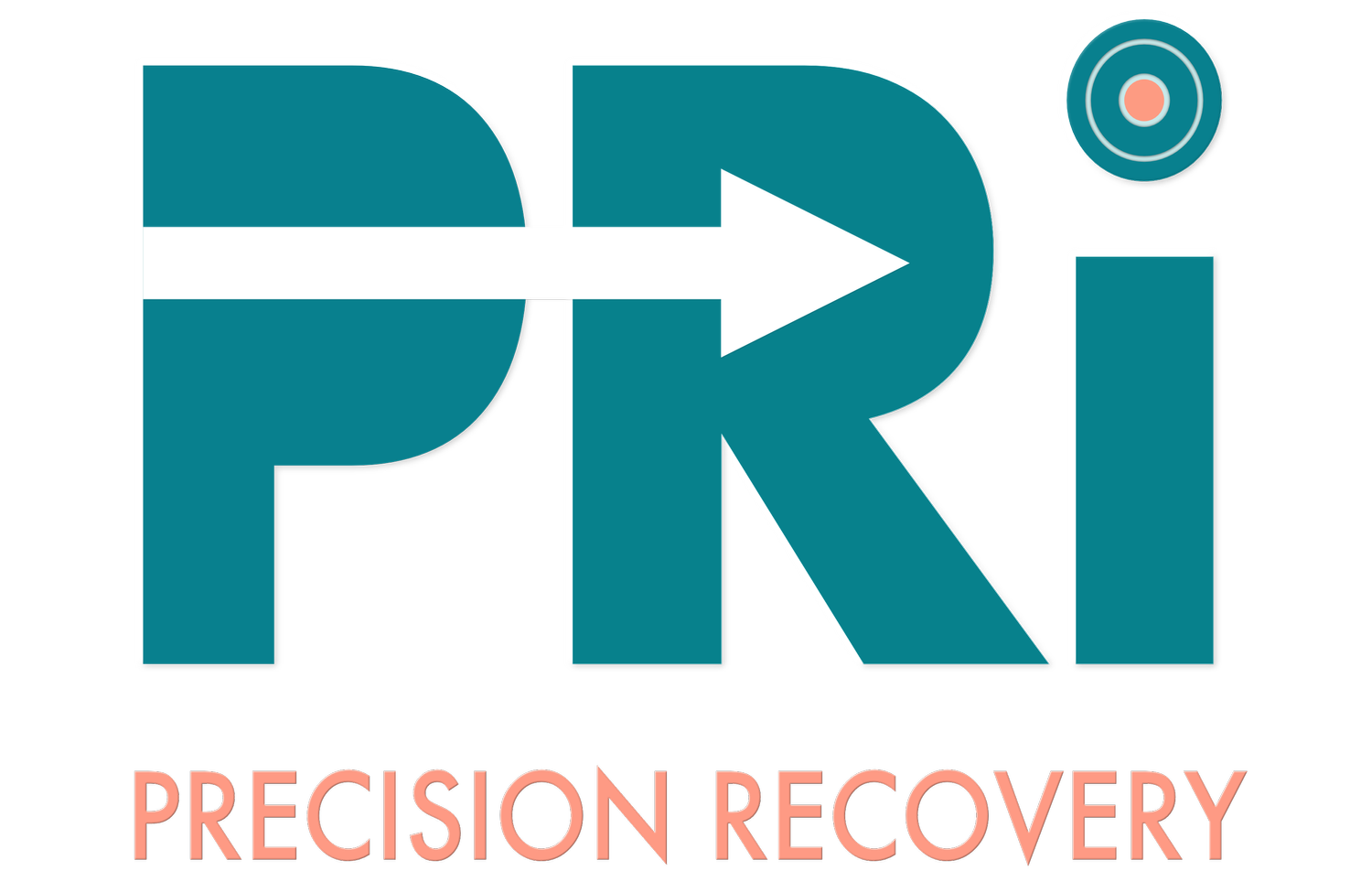A caregiver playbook for stroke rehabilitation at home
Physical Therapy at Home - Exercises and Techniques for Stroke Rehabilitation: Playbook for the Caregiver
Physical therapy plays an instrumental role in the recovery journey of stroke survivors. It not only aids in restoring movement and strength to the affected parts of the body but also boosts the confidence and resilience of the individual. With the advancement of technology and increased awareness, it has become more feasible than ever for stroke survivors to embark on this healing journey from the comfort of their homes. Home-based physical therapy exercises and techniques can provide a flexible and conducive environment for patients to regain their independence and enhance their quality of life.
The home environment offers a sense of familiarity and comfort that can be truly empowering for stroke survivors. Personalized routines can be established, tailored specifically to the individual's needs and pace. Common exercises include passive movements where a caregiver or therapist assists in moving the affected limb, and active exercises that the patient carries out independently. These could involve simple tasks like squeezing a stress ball, practicing balance on one foot, or even more complex ones like walking exercises or using resistance bands. The goal is consistent progress, no matter how incremental.
One of the standout techniques in home-based stroke rehabilitation is the mirror therapy. This involves placing a mirror between the patient's affected and unaffected limbs, so when they move the unaffected limb, the reflection creates an illusion that the affected limb is moving symmetrically. This optical illusion has been found to stimulate the brain and foster neural pathways, thereby assisting in the recovery process. Additionally, leveraging technology, like virtual reality and mobile applications, can also make the rehabilitation process more engaging and interactive, motivating patients to stick to their regimen.
In conclusion, home-based physical therapy exercises and techniques offer stroke survivors an excellent opportunity to rebuild their strength, mobility, and confidence. The personalization and comfort provided by the home environment, combined with modern techniques and tools, can create a holistic and effective recovery plan. As with all medical regimens, it's essential for individuals to consult with their healthcare professionals before starting or modifying their exercise routine to ensure optimal results and safety.
